Who We Are
AboitizPower is the Philippines’ leading provider of renewable energy, advancing business and communities towards A Better Future.
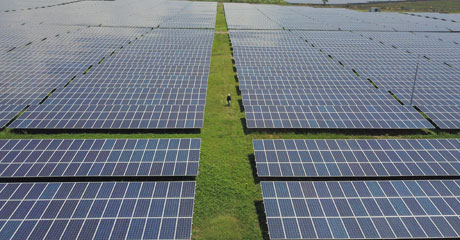
AboitizPower is the Philippines’ leading provider of renewable energy, advancing business and communities towards A Better Future.

AboitizPower champions sustainability initiatives and ventures that help make the world a better place not only for people living today but for generations to come.
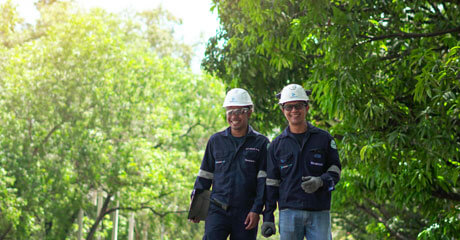
AboitizPower upholds the highest ethical standards, safeguarding the integrity of our initiatives and developments as a business enterprise and a partner for environmental protection.

View our shareholder relations and investment reports and find out how we prioritize addressing the triple bottom line of people, planet, and profit.
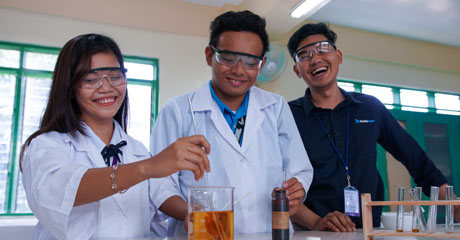
Stay updated on the latest stories and developments about AboitizPower.

A Better Future and career await you at AboitizPower. Browse through our job vacancies and join our ever-growing family today!
Home Newsroom SustainabilityAboitizPower releases baby turtles found inside baseload plant
April 02, 2019
A total of 115 sea turtle hatchlings made their way to the sea last March 29, 2019 from the shoreline of a coal-fired power plant, no less.
Since December 2018, three pawikan or sea turtle nests were discovered along the coast of AboitizPower subsidiary Therma South, Inc. (TSI). The first nest was found in December 14 and the second last February 23, 2019. Since the discovery of the nests, TSI has worked with various groups, including the team from the group’s pawikan conservatory in Aboitiz Cleanergy Park in Punta Dumalag, to ensure that the nests inside TSI are well-protected and well-cared for.
The sea turtle hatchlings released last March 29 emerged from an undiscovered third nest along the shore of the coal-fired power plant.
TSI named this batch of sea turtle hatchlings “Team Stingray” after Davao City Mayor Sara Duterte-Carpio’s son, whose birthday is on the same day.
"This occurrence reinforces the diversity of our marine ecosystem in the city. Having a coal-fired power plant playing host to these hatchlings makes this event even more interesting,” expressed Mayor Duterte, who would have wanted to join the releasing if not for prior engagements scheduled that afternoon.
Asec. Ruth Tawantawan of Department of Environment and Natural Resources-Region XI (DENR-XI) also extended her congratulations to TSI and its efforts in protecting the nests and the marine ecosystem.
“The hatching of the pawikans has been an eye-opening experience. It is a small indicator that our environmental stewardship efforts are bearing fruit. The presence of these endangered creatures inside the plant is proof of sustainable environmental conditions resulting from the steps we have taken to operate our power plants responsibly,” said Danel Aboitiz, President and Chief Operating Officer of the AboitizPower-Coal Business Unit .
Since sea turtles come back to the place where they hatch through their magnetic imprinting, there might be other nests in the area. When the released hatchlings grow up, they may come back to the area to lay new nests and repeat the cycle. Because of this, TSI
plans to engage the community and experts to ensure that the shorelines remain pristine and conducive for pawikan nesting in the years to come.
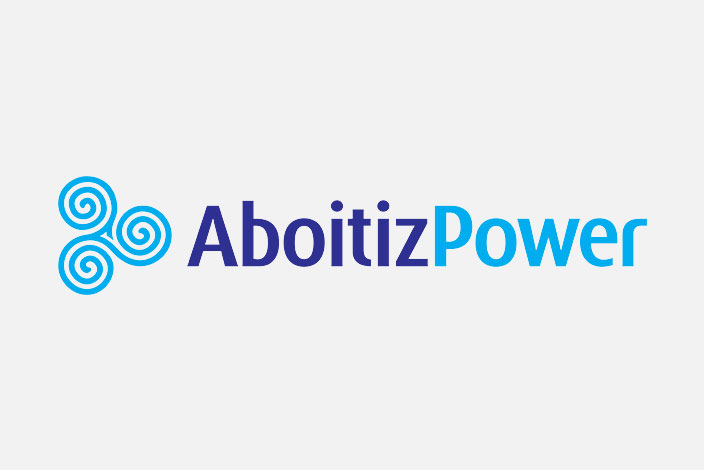
In line with its commitment to promoting a culture of safety across the organization and among its partners, the AboitizPower Coal Business Unit (BU) ...
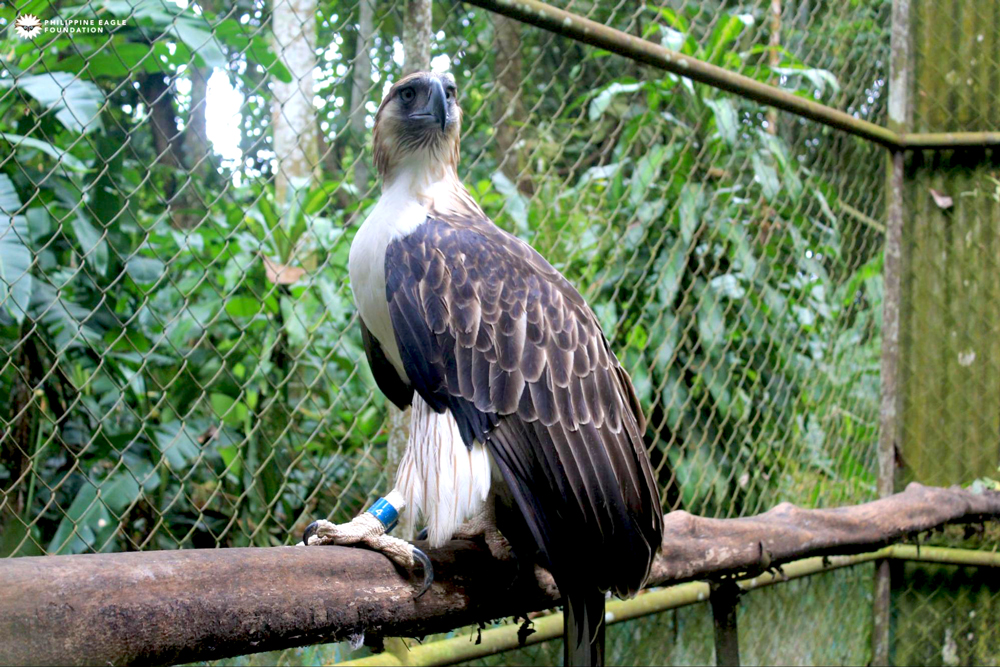
Aboitiz Power Corporation (AboitizPower) has been recognized as a constituent company in the FTSE4Good Index Series for the fourth consecutive year an...

AboitizPower confirmed its place as one of Philippines’ leading graduate employers when the Top 100 Graduate Employers were announced last May 1...
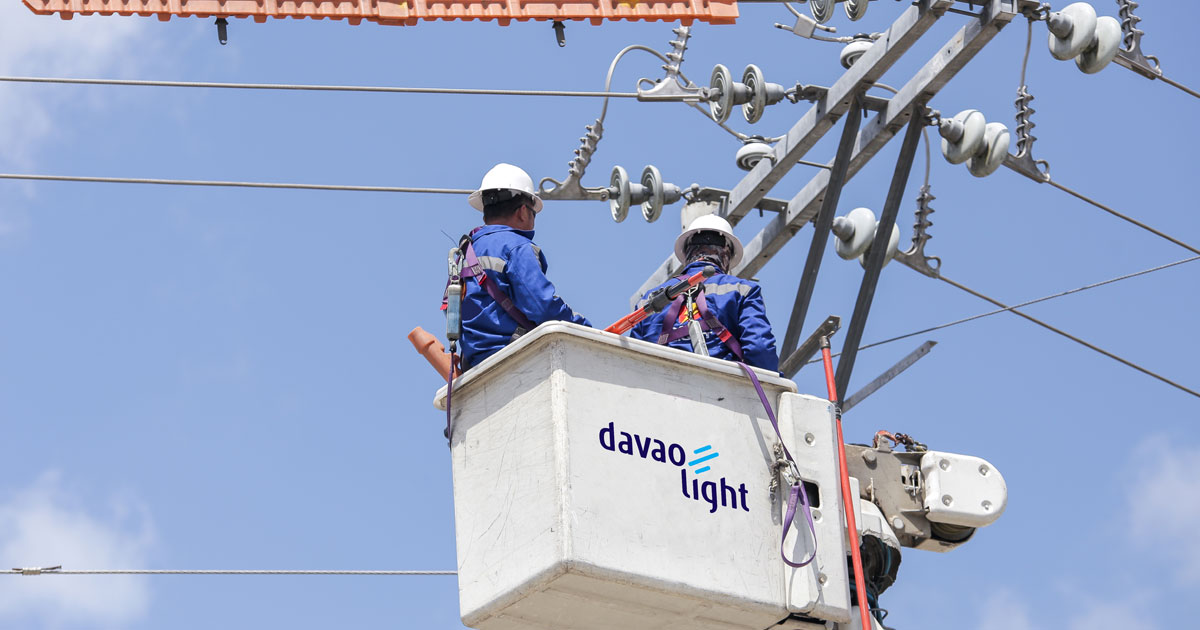
As one of the Philippines’ largest power producers, we help fill the nation’s growing energy needs by providing secure and affordable access to sustainable power across the country.
Learn more about our businesses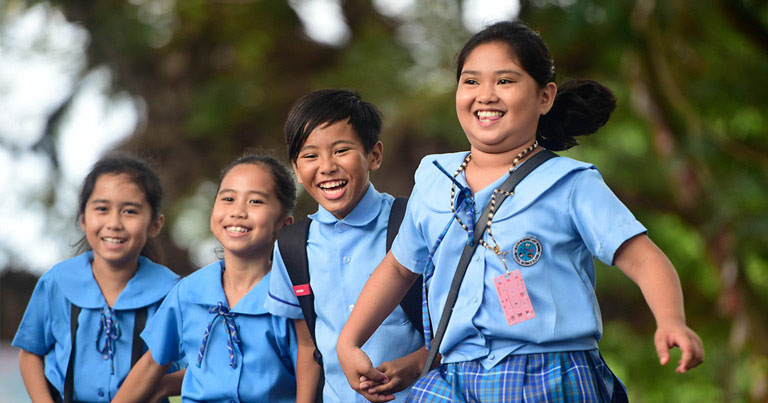
AboitizPower champions sustainability initiatives and ventures that help make the world a better place not only for people living today but for generations to come.
View our sustainability initiatives
View our shareholder relations and investment reports and find out how we prioritize addressing the triple bottom line of people, planet, and profit.
Visit our investor relationsWe use cookies to personalize content and ads, which enables us to analyze our traffic.
If you continue
to use this website, you consent to the use of our cookies.
Find out more here.